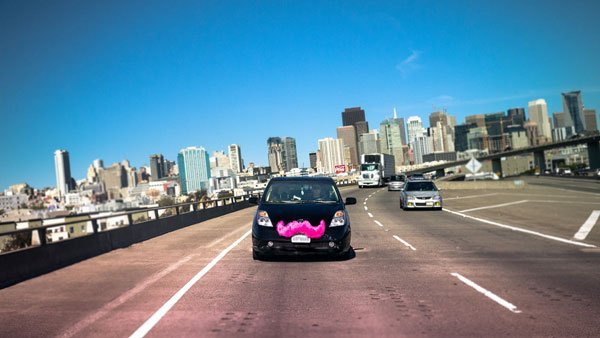
The law firm of Nadrich Accident Injury Lawyers has represented many rideshare drivers and passengers. With the rising popularity of ride share companies, like Lyft or Uber, our personal injury firm has seen a significant increase in the number of Uber car accident claims.
No matter if you are a plaintiff rideshare driver or a passenger injured in an accident, contact the experienced Uber car accident lawyers of Nadrich Accident Injury Lawyers. Not all law firms accept rideshare accident claims due to the complex nature of such claims. Therefore, it is important to choose a law firm that can represent your interests. Our legal team has represented over 75 rideshare drivers and passengers. Call us now at 1-800-718-4658 for a free, confidential consultation.
Insurance Accident Coverage for Uber Drivers
Drivers for Uber or Lyft may not be aware that the consequences of an accident may be dependent on when the accident happened. If the accident happens when the driver is not logged into the Uber or Lyft app, the driver’s own personal insurance policy will cover the accident to the extent the policy allows for coverage.
If the driver is logged into the Uber or Lyft App, the type and amount of coverage still depend on when the accident happens. Both Uber and Lyft use the same language to distinguish between conduct and the types of coverage drivers are entitled to. There are three categories as follows:
- Period 1, which is the time between when the driver turns the app on and the time the driver gets a request for a ride;
- Period 2, which is the time between when the driver accepts the request and the time the driver picks up the passenger; and
- Period 3, which covers the time between when the passenger gets in the car and when the passenger gets out of the car at their final destination.
Once the passenger leaves the vehicle, the driver cycles back into Period 1 until they either accept another passenger request or log off.
Coverage for Period 1
Period 1 is the time during which the driver has the most exposure. Thanks to a recent California law, both Uber and Lyft offer primary contingent collision coverage during Period 1. It is critical that drivers understand the limits of this coverage. Under the law, “transportation network companies” such as Uber and Lyft must provide primary coverage in the amount of at least $50,000 in coverage for death and personal injury per person, $100,000 for death and personal injury per incident, and $30,000 coverage for property damage.
In the state of California, a driver’s standard issue personal car insurance will not protect drivers while they are logged on to Uber or Lyft. Drivers must inform their auto insurance company that they drive for Uber or Lyft because a different type of coverage will likely be required. All too often, we will speak with a driver who failed to inform his/her auto insurance company that the vehicle will be used for Uber or Lyft purposes.
Coverage for Periods 2 and 3
During Periods 2 and 3, Uber and Lyft are required to maintain a $1 million insurance policy that covers any incident between the time a ride is accepted to the time the passenger is dropped off. Additionally, they are required to carry $1 million Uninsured/Underinsured Motorist Injury policies.
Deductibles
Deductibles vary between Lyft and Uber. Lyft’s insurance policy has a $2500 deductible, which is the driver’s responsibility in the event of an accident. Uber’s insurance policy, on the other hand, has a $1000 deductible.
Statistics for Rideshare Accidents in California

A 2018 University of Chicago and Rice University study found that the introduction of ridesharing to U.S. roads has created an additional 987 lives lost per year, with the cost of these fatalities estimated at $9.48 billion per year. It is difficult to estimate the number or types of rideshare accidents, injuries, and fatalities in California. As a private company, Uber has publicly declined to release accident data in the past. Comparable data for taxi drivers is also difficult to ascertain, as taxi drivers are “commercial drivers” under California law, and therefore lumped in with other commercial drivers, such as truck drivers.
The most recent general data regarding fatalities and injuries from motor vehicle collisions in California comes from 2013, and includes the following information:
- 3,104 people killed
- 2,853 fatal collisions
- 223,128 people injured
- 156,909 injury collisions
Why Uber and Lyft Drivers in California Need Additional Insurance

In California, your personal insurance policy will not provide coverage while you are logged in to Uber or Lyft. During Period 1, Uber and Lyft’s coverage does not cover damage to your vehicle, nor does it provide Uninsured/Underinsured Motorist coverage.
Because of this change in the law, many of California’s insurance companies are offering Rideshare Insurance Policies. Depending on the policy you choose, this will include additional coverage during Period 1 to protect drivers and to increase the amount of coverage to other injured parties, and may also include coverage for Periods 2 and 3 that could include insurance against the deductible.

